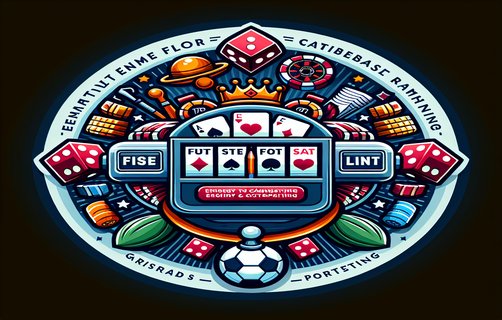Economic Analysis of Teen Patti: Insights from a Loser's Perspective
Teen Patti, often referred to as Indian Poker, is not just a game of chance but also a complex interplay of psychology, strategy, and economic considerations. From the perspective of a player who frequently finds themselves on the losing side, a nuanced understanding of various elements like payout percentage, game variety, and betting systems can provide insights into their gambling experience. This analysis aims to dissect these components, leveraging economic theories where applicable.
Payout Percentage: The Losing Streak Puzzle
The payout percentage in Teen Patti typically varies depending on the house rules and the specific version of the game being played. Generally, the payout ratio can offer insights into the expected value for players. For a frequent loser, understanding the payout percentage is crucial. A common notion in gambling economics is the "law of large numbers," which suggests that over time, players will tend to lose at a rate commensurate with the payout percentage minus the house edge. Hence, players must be aware that while every session may hold the potential for a win, their long-term expectation is skewed toward losses if they are not strategically sound.
Gambling Tools: The Loser's Arsenal
A variety of gambling tools, including betting apps and statistical analysis software, can be invaluable for players. For the average loser, utilizing these tools can shift the odds slightly in their favor. Economic theories suggest that informed decision-making is essential; players who employ analytical tools can manage their betting patterns more effectively, even in a game known for its unpredictability. However, constant reliance on these tools without a deep understanding of the game might lead to overconfidence—creating a paradox where a player might lose more due to misinterpretation of the data rather than benefiting from it.
Game Variety: Diversification in Losses
Teen Patti boasts numerous variations, such as Best of Four, Joker Teen Patti, and more. From an economic standpoint, diversification is a strategy commonly employed to minimize risk. However, for players who consistently lose, this can also amplify their losses if not approached mindfully. Engaging in various formats can lead to players losing sight of the core strategies that govern each version of the game. The economic theory of utility suggests that players should identify which games yield the highest utility for their playing style and stick with those rather than dispersing their funds across multiple variations.
Low-Stakes Gambling: A Double-Edged Sword
Engagement in low-stakes games can seem like an attractive option for the regular loser. Economically speaking, low-stakes games often promote longevity and sustained play, reflecting the concept of diminishing marginal returns. Playing at lower stakes allows players to test strategies without significant financial risk. However, it can also lead to a false sense of security. The inherent danger lies in the player's mindset; one might become accustomed to losing small amounts frequently, ultimately leading them to a cycle where they believe they can duplicate successes in higher-stakes games, only to encounter more catastrophic losses.

Betting Systems: Chasing Losses
Many players fall into the trap of employing various betting systems such as the Martingale or Fibonacci strategies. These systems often promise a methodical path to recovery of losses, aligning with the gambler's fallacy—an economic principle suggesting misconceptions about probability. For the persistent loser, betting systems can create an illusion of control where none truly exists; systemic approaches to betting often overlook the randomness ingrained in Teen Patti, leading to bigger financial pitfalls.

Cash Game Tactics and Short-Handed Play: A Short-Sighted Focus
Lastly, in cash games and short-handed play—often seen as a breeding ground for strategic complexity—frequent losers can inadvertently leverage reckless tactics in hopes of making a quick comeback. The economic principle of opportunity cost suggests that every hand played carries the potential for both loss and gain. In hastily executed decisions, the emotional weight of being a 'loser' can cloud judgment, accelerating losses rather than fostering a learning mindset. Short-handed tables require a distinct approach, yet many players revert to their old habits, leading to an inevitable spiral of defeat.
In conclusion, the world of Teen Patti, particularly from a loser's perspective, reveals an intricate web of economic principles at play. Recognizing elements like payout percentages, the utility of gambling tools, and the dynamics of game variety can provide significant insights. To escape the vicious cycle of loss, understanding and employing these elements strategically is essential, emphasizing the economic realities inherent in chance-based games.
